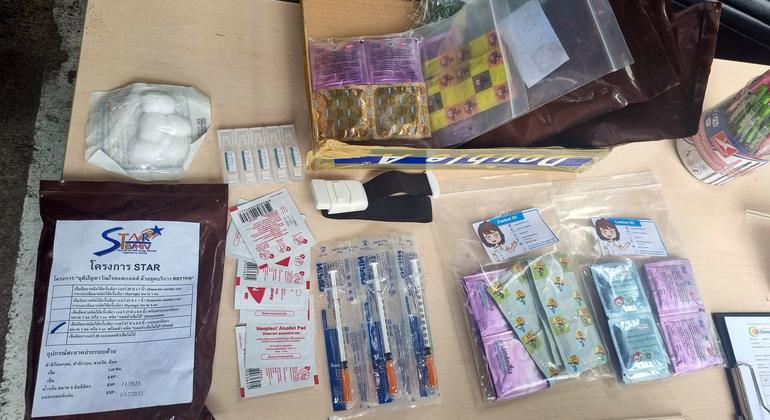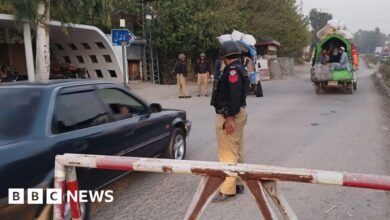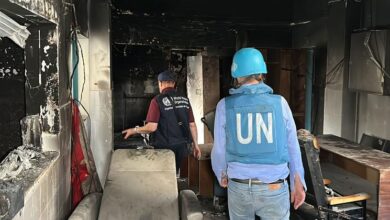UN agencies call for immediate scaling up of HIV prevention services to end AIDS by 2030


Global Alliance was introduced by the World Health Organization (WHO), United Nations Children’s Fund (UNICEF) and the Joint United Nations Programme on HIV/AIDS (UNAIDS) in 2022 and includes 12 African countries.
New Report – Turning vision into reality – also highlighted significant progress in preventing four million infections in children aged 0-14 years since 2000 through targeted programmes vertical transmission of HIV- that is from mother to child
Developing countries
Many countries in the Global Alliance have achieved significant coverage of lifelong antiretroviral therapy for pregnant and lactating women living with HIV. Uganda is close to achieving 100 percent coverage.
“I welcome the progress that many countries are making in implementing HIV prevention services to keep young women healthy and protect babies and children from HIV,” said UNAIDS Executive Director Winnie Byanyima.
“With the medicines and science available today, we can ensure that every baby is born HIV-free, and every child living with HIV continues to receive treatment,” she added.
Ms Byanyima said modern medicines and science were helping to ensure babies were born HIV-free through effective treatment. But she said treatment needed to be scaled up to ensure all children had access.
“We cannot rest on our laurels,” she said. “The world can and must keep its promise to end childhood AIDS by 2030.”
Wrong direction
Despite notable progress, the report highlights that neither the world nor the Global Alliance countries are meeting their HIV targets for children and adolescents. Furthermore, progress in avoiding new HIV infections and AIDS-related deaths among children has slowed in recent years.
“While we have made progress in increasing access to testing and treatment for pregnant women to prevent vertical transmission of HIV, we are still a long way from closing the pediatric treatment gap,” said Tedros Adhanom Ghebreyesus, WHO Director-General.
“We need to further strengthen the Global Alliance’s collaboration and reach, and we must do this work with focus, purpose and solidarity with all affected mothers, children and adolescents.”
Age and gender inequality
The report notes that around 120,000 children aged 0-14 were infected with HIV in 2023, and 77,000 of those cases occurred in Global Alliance countries. These countries also accounted for 49,000 of the 76,000 AIDS-related deaths globally among children aged 0-14.
The report also found a widening treatment gap between adults and children.
“Without early and effective testing and treatment, HIV remains a persistent threat to the health and well-being of children and adolescents, putting them at risk of death,” said Anurita Bains, UNICEF Deputy Director of HIV/AIDS.
“To close the treatment gap, we must support governments to scale up innovative testing methods and ensure children and young people living with HIV receive the treatment and support they need.”
Gender inequality and human rights violations are seen as increasing women’s risk of HIV infection and reducing access to necessary treatments.
All UN agencies participating in the Global Alliance encourage enhanced global cooperation to end the AIDS epidemic by 2030.




